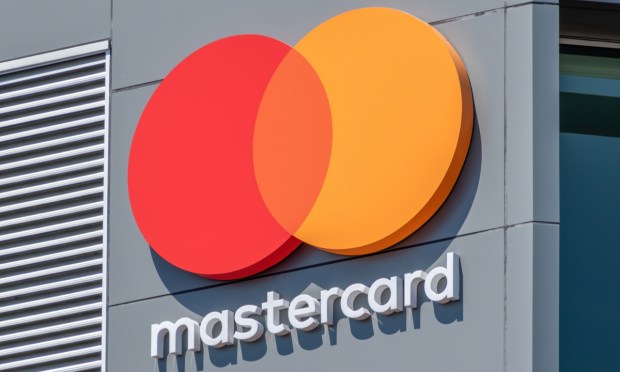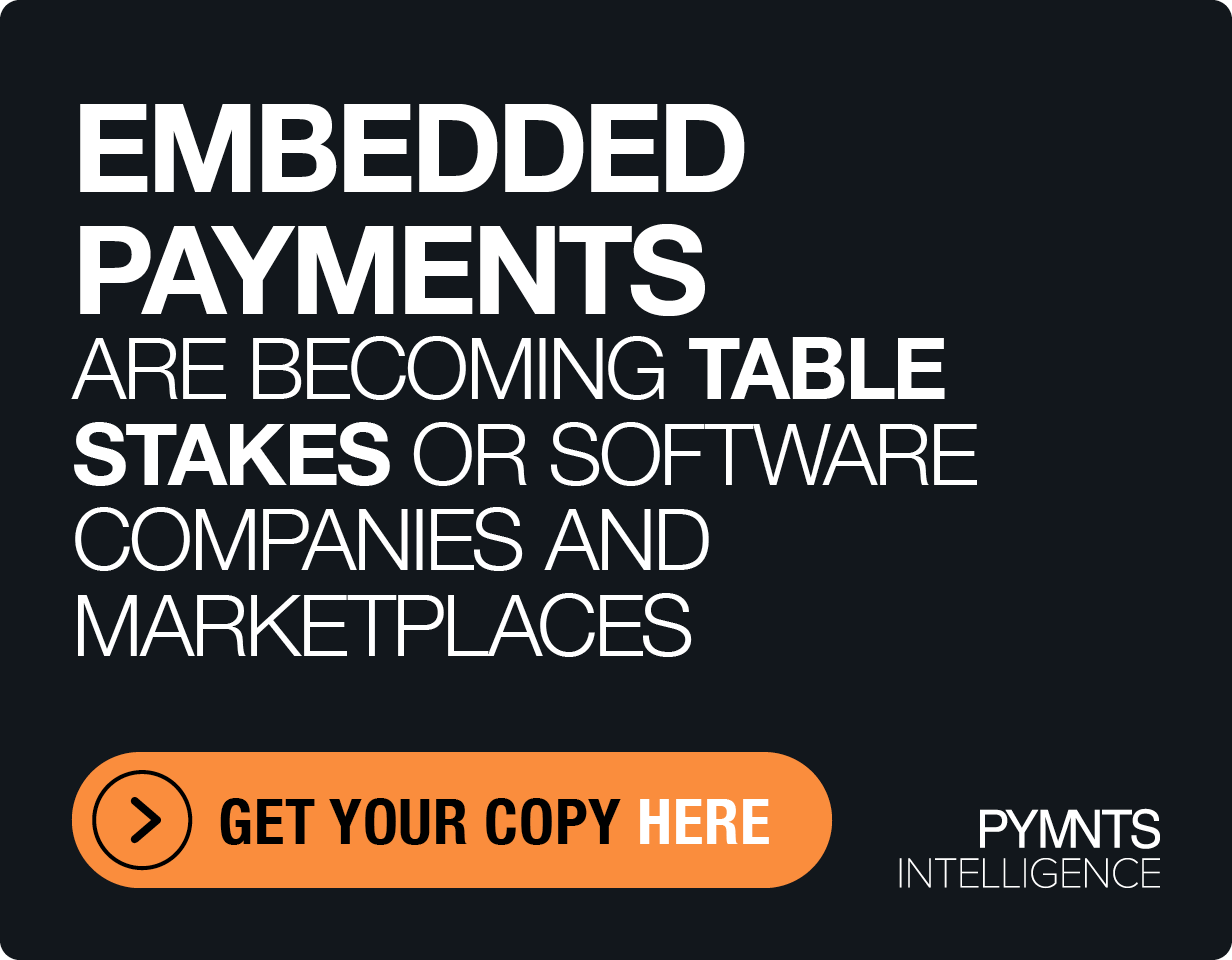Mastercard Debuts Receivables Manager as Virtual Card Use Increases

Mastercard has launched a tool designed to streamline virtual card payments.
The company’s Receivables Manager, announced Monday (July 24), comes at a time when businesses are turning to virtual cards to replace paper-based payments.
“However this shift towards emerging tech has also left accounts receivable teams struggling to keep pace with increased virtual card payment processing, underscoring the critical need for an automated solution,” Mastercard said in a news release provided to PYMNTS.
The company says Receivables Manager — developed in partnership with payments company Billtrust — was created to make virtual card transaction processing more efficient, secure and cost-effective, freeing suppliers from having to manually capture and enter virtual card details to reconcile digital payments received.
“Instead, the new product consolidates these card payments from all issuers so the remittance data can automatically be matched to open invoices, and formatted and delivered for their enterprise resource planning systems — making it easier for suppliers to reconcile invoices with efficiency and accuracy,” the release said.
This provides new advantages to suppliers, letting them drive early payments and gain greater visibility into their cash flow, the company said.
The launch of Receivables Manager is happening at a moment when industry observers and insiders say virtual cards are set to change the business-to-business (B2B) commercial payments landscape.
“There’s a lot of growth in this area, and it comes down to simplification and flexibility for companies,” Dan Hanks, vice president of global product development at i2c, told PYMNTS in an interview published last week.
“Virtual cards are a great tool for getting all that friction out of the B2B process; vendors can process them immediately with no wait.”
Hanks added that on the payor’s side, virtual cards give them real-time insight into expense tracking according to vendor and category.
In addition, virtual card technology can mimic traditional commercial card products, doing away with the need for a separate purchasing card, and letting companies tailor virtual cards for specific purposes, making sure that expenses are properly and efficiently allocated correctly.
“On the back end, everything is so streamlined,” Hanks added. “Firms can put controls around the virtual cards at a merchant level, so that they are able to know by each card that these are all my purchases with this vendor or with this airline for travel, whether it’s a single purchase or a repeat expense occasion.”

